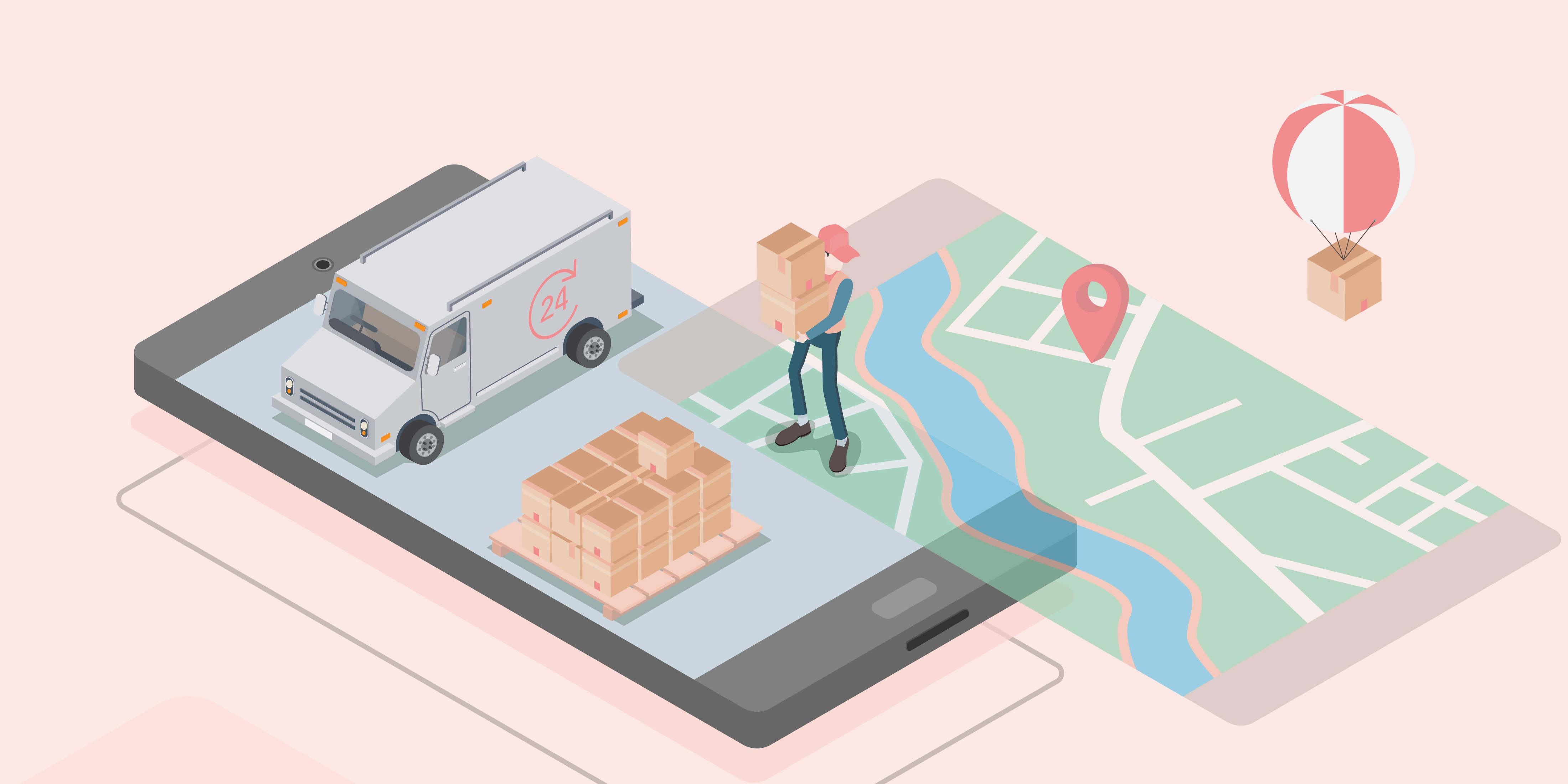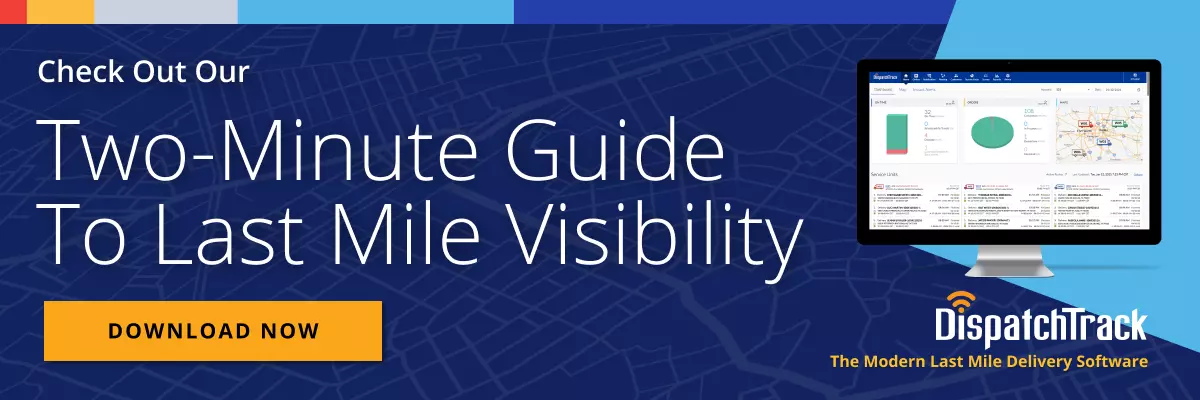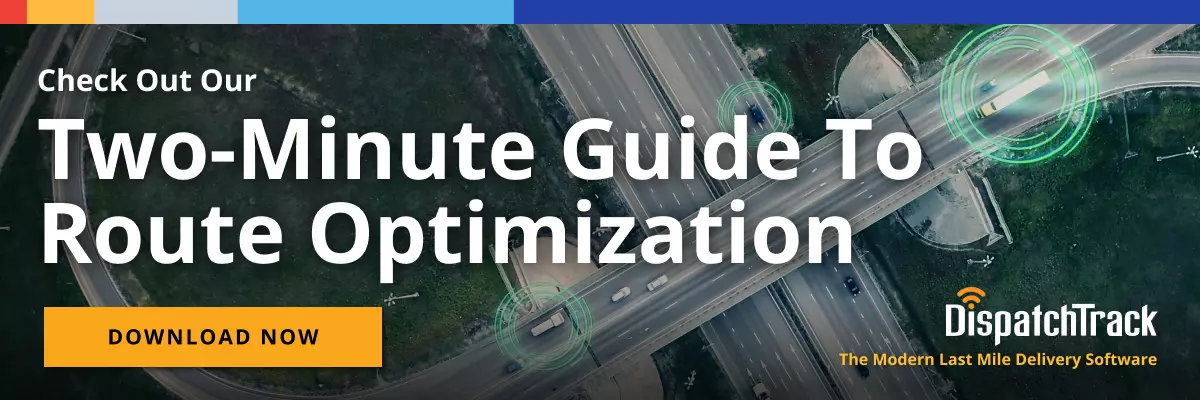Food distribution technology has significantly changed the competitive landscape for food companies. The emergence of smart technologies such as automation, artificial intelligence, machine learning, and the internet of things (IoT) is making many companies’ food logistics processes more efficient—while businesses that fail to capitalize on new technologies are at risk of falling behind.

There’s a strong case for investing in smart technologies, particularly in wholesale food distribution software. For one, the food industry is a highly regulated one, which makes food logistics more challenging when compared to the shipping of other products. Food and beverage distributors also face complex routing challenges thanks to recurring customers and orders. .
In this article, we talk of the challenges facing food distribution and how companies can overcome them with the help of wholesale food distribution software.
Understanding the Challenges of Food Logistics
Strict Regulations
The food industry is heavily regulated and food products are prone to product recalls. There’s the Food Safety Modernization Act (FMSA), passed into law in 2011, which mandates food companies to record every movement of their goods. This is why businesses must be able to monitor their products and record where they were dropped off along with other important information like manufacturing date.
All food manufacturers and distributors should be able to track their products so recalled goods can be removed from shelves, storage or distribution centers as quickly and efficiently as possible. Failure to trace and remove products will put the consumers at risk and leave businesses vulnerable to lawsuits.
Plus, some food products require constant temperature monitoring to reduce food spoilage. Thus, companies must ensure that the right assets are matched for specific food product deliveries. Even beverages often have specific handling requirements, and may require specific assets to manage properly.
Last mile complexity
The last mile is complex even under the best of circumstances, but when you have recurring customers and orders to balance against new business and changes on the day of delivery the task becomes even more daunting. In B2C contexts, many modern last mile operators rely on dynamic route optimization to make sure that their orders are being delivered in the most cost- and time-effective way. When you have to be at a particular restaurant at a particular time every week to drop off a case of wine, dynamic routing (i.e. creating the most efficient route from scratch every day) doesn’t make sense.
Food and beverage distributors need a way to perform that delicate balancing act while staying agile (i.e. being able to reroute as needed) and maintaining efficiency. As you can imagine, this is no mean feat in the best of circumstances, and can seem impossible when volatility arises.
The Benefits of Wholesale Food Distribution Software
The challenges above might sound pretty daunting. Luckily, wholesale food distribution software helps both wholesalers and distributors overcome many food distribution logistics challenges. Here’s what the right software has to offer food companies:
Route optimization
Time is of the essence when it comes to shipping food. Food distribution software helps ensure that goods are delivered faster at the lowest cost possible. Advanced route optimization takes into consideration the different real-time situations affecting delivery times like traffic congestion, weather and road conditions, availability of personnel for loading, and unloading and availability of equipment. The right route optimization features also help companies deal with any kind of contingency that occurs while products are en route. Crucially, food and beverage distributors need to be able to leverage route optimization with strategically planned recurring stops and routes. If your software can offer a hybrid of static and dynamic routing, you can get the best of both worlds.
Real-time tracking
Tracking shipments is necessary for food companies. Luckily, wholesale food distribution software can offer enterprises a way to gain better control over their drivers and delivery vehicles via real-time tracking functionality. Real-time tracking addresses the need for food manufacturers and distributors to keep a record of every shipment, and enables them to manage exceptions on the day of delivery. This results in better customer engagement—which can go a long way towards protecting your bottom line.
Flexibility
Food companies also have to deal with last-minute order changes, order cancellations, or changes in drop-off points. Unfortunately, manually dealing with these changes can cause significant delays in delivery. Food distribution software helps companies deal with these contingencies and allows them to respond quickly and efficiently to order and delivery changes. The right software takes care of updating the work assignments of drivers and notifying end customers. Again, this is an area where a hybrid routing model can add even more value.
By powering increased flexibility, a wholesale food distribution solution can also help distributors to empower their customers. Rather than keeping to a rigid schedule that can’t be adjusted without a Herculean effort, you can dynamically accommodate changing customer needs without breaking a sweat. Providing customers with more control over their deliveries enhances customer experience and helps companies, and can cut down on delivery costs.
Real-time updates
Food wholesalers also have to keep their customers happy by providing them with constant updates about the delivery. Any software you select should offer a way for food companies to inform their customers of their order and delivery statuses in real-time. It should provide an interactive tracking mechanism so food companies’ customers can prepare when the delivery team is already nearby. Likewise, fleet managers should also receive timely alerts when unexpected events happen. This functionality can help fleet managers act quickly on contingencies.
Business insights
Food distribution software lets businesses set up relevant key performance indicators (KPIs) such as miles per task, distance covered, average time per task, and idle time, among others. This provides companies with real-time insights that stakeholders can use to make data-driven decisions. Monitoring key metrics also helps fleet managers spot trends, identify high-performing drivers, and customize training programs for low-performing ones.
The complexities of wholesale food distribution logistics are not going away anytime soon. In fact, challenges are likely to continue and even multiply as food producers and distributors deal with the impact on the supply chain of the ongoing COVID-19 pandemic. Luckily, food companies can leverage food logistics solutions to overcome these challenges and increase their competitiveness.

